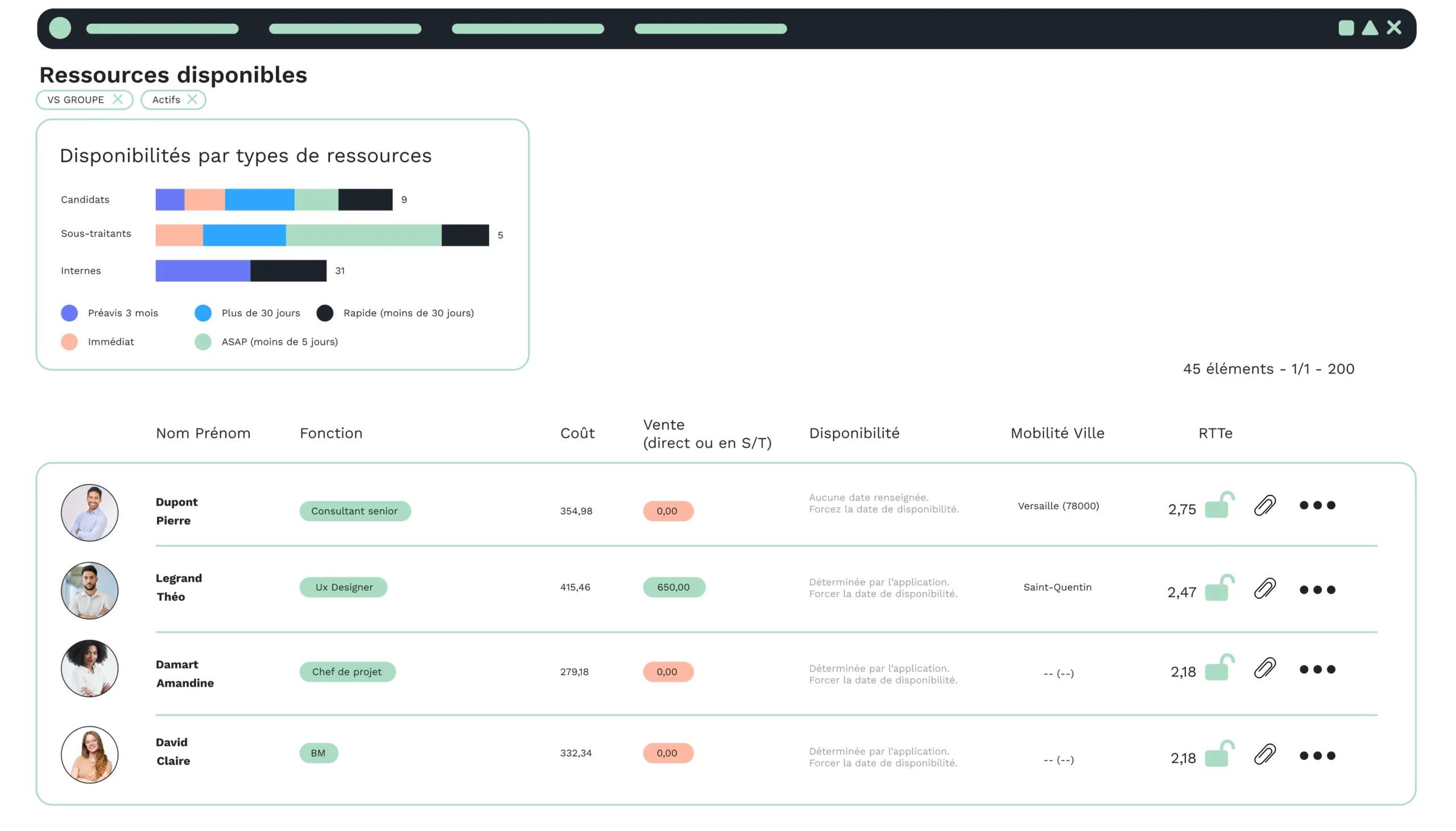B2B: SaaS and API
More and more application solutions are now available in SaaS (Software as a Service) mode, i.e. hosted and maintained online (in a dedicated cloud) by software publishers, and therefore accessible and usable via a simple Internet browser.
These SaaS applications are going to cover more or less useful functionalities in the life of a company and its management (ERP, HRIS, CRM, etc.) and it’s at this stage that APIs are useful to enable these applications to work together but also to go further.
Did you say API?
The API trigram stands for Application Programming Interface. This is a fairly generic term used to define – in simplified terms – a set of functions and methods that a developer can easily call up in order to work with the application’s data (retrieve, add, update or delete data; individually or en masse).
API REST
An API can be developed using a variety of technologies (SOAP, REST, RPC, etc.).
One of the most popular and innovative types of API is REST or, as they’re sometimes called, Restful Apis.
REST APIs offer a great deal of flexibility and simplicity in terms of calls and response processing.
REST APIs have been designed to take advantage of existing protocols, in particular HTTP, the Web’s exchange protocol. This means that developers don’t need to install any additional software or libraries to work with a REST API.
Calls to the API are made simply via a url specific to what the developer wants to do (method, action to be taken, targeted element, etc.), rather than by sending an XML schema that is more complicated to build and maintain.
Data retrieved from a REST API can be in a variety of formats (unlike SOAP, where only XML is available), including JSON, which is very easy for developers to use.
Developers can therefore deploy useful specific applications very easily and without complex development.
Benefits for all
Both the publisher of the software exposing an API and the customers using the software in question benefit from the advantages associated with the existence of an API.
A SaaS application that exposes a public API has a significant advantage over competitors who do not.
By offering an API, customers don’t feel locked into the application. This is becoming an important argument when choosing a SaaS application.
A well thought-out API enables customers to integrate easily with the other applications they use. The API also enables you to go further with the application: automate certain processes, exploit data differently, and so on.
APIs are now a must. Every SaaS application has to offer one, and more particularly a REST API, which, as we’ve already mentioned, is much simpler to use than what may have existed before.







